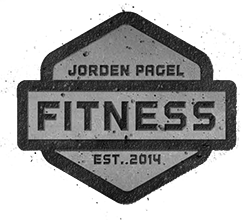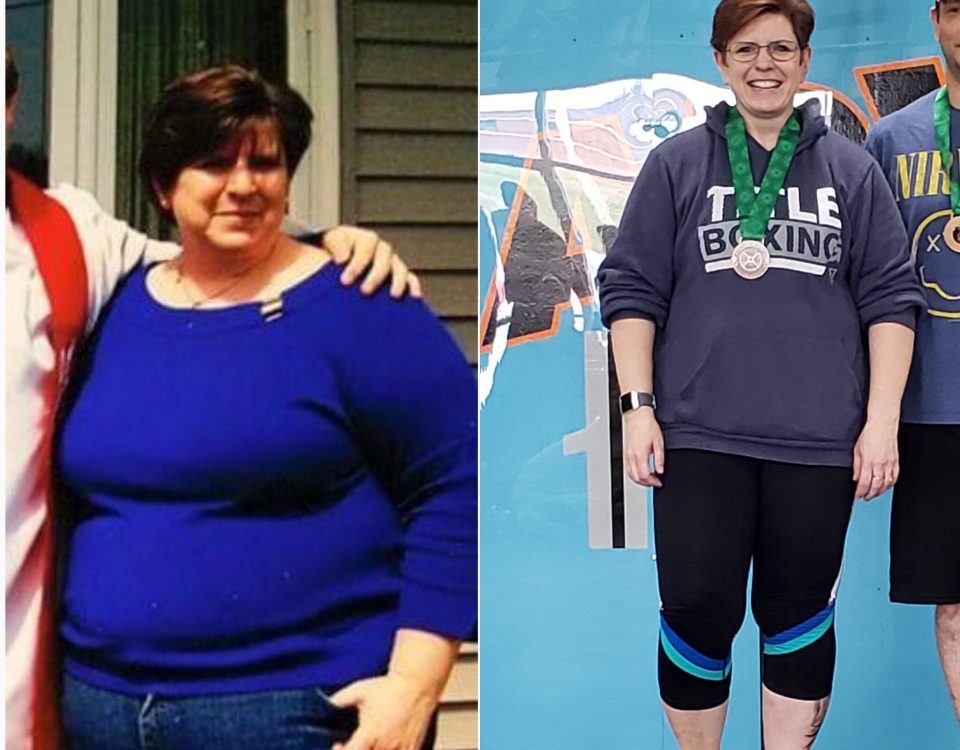Muscle Tension for Max Gains

(A version of this article originally appeared on Roman Fitness Systems.)
There are a lot of factors involved in building maximum amounts of muscle. You need to make sure you’re getting enough volume in each week, doing the correct exercises, the right number of reps, training with enough intensity…and then of course there’s the nutrition aspect.
It’s a lot…
The problem with building muscle – and why people often leave a lot of gains on the table – is that while they might have a basic understanding of the factors above, they don’t truly understand all that goes into an effective hypertrophy program.
And the most misunderstand aspect of them all is creating muscle tension…
What Is Muscle Tension?
While there’s a lot that goes into building muscle and getting stronger, muscle tension is the driving force behind everything. Most people when they think of tension in weightlifting immediately think of using tempo like 3-1-2-0 in order to maximize TUT or Time Under Tension during a lift. But that’s not the only kind of tension that helps you build muscle.
Pavel Tsatouline defines muscle tension as “The mechanisms by which your muscles generate force.” The more tension you can create before a lift, the stronger you will be. And the more tension you create during a lift, the more muscle you’ll build AND the less stress you’ll place on your joints and ligaments because the muscles are doing more work.
The Importance of Muscle Tension
Ever seen someone perform a deadlift with a rounded back? Or benching with their feet up? How many times have you seen someone fall forwards during a squat? These folks are not creating muscle tension.
Tension prior to the start of a lift is not only going to make you stronger but it’s going to protect you from injury. This is usually referred to as “getting tight” or bracing using your breath.
While muscle tension before the lift is important, so is maintaining tension during the lift. This is referred to as “constant tension”. Constant tension is the act of stopping your lifts just shy of lockout, and then again just shy of the bottom of the lift.
In the two videos below, I demonstrate the difference between a full range of motion bench press, and a constant tension bench press.
Notice in the second video I kept tension during the lift by essentially using only 90% of the usual range of motion.
The purpose of constant tension is to keep your muscles active at all times and take stress off the joints and ligaments. In doing so you increase the tension on the muscles during your set thus leading to more metabolic stress.
How to Create Muscle Tension
Now that we know why muscle tension is important, let’s talk about how to create it. There are three main ways to create tension that transfer to almost all exercises. Let’s look at each.
Pack the Lats and Retract the Scapula
Packing of the lats is mostly used during deadlifts or bent over rows. This refers to the drawing back and down of the shoulder blades, as if you were trying to put them in your back pockets. Another way to think of it is trying to squeeze oranges in your armpits.
What packing the lats does is not only create muscle tension, but it also helps protect the spine by preventing the shoulders from rolling forward and the back from rounding over. Look at the two pictures below. In the one on the left I don’t have my lats packed, and if I try to lift the weight my shoulders will likely roll forward. The one on the right, my lats are packed, leading to a more vertical chest and flat back.
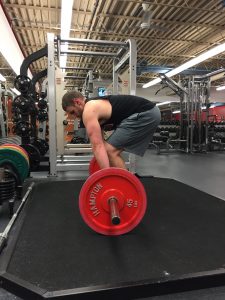
Lats not packed
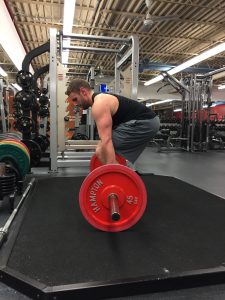
Lats packed
In order to feel what it’s like to engage the lats, perform straight arm lat pulldowns with a hold at the bottom.
Retracting the scapula, while similar to packing the lats, is a little different and mainly used during back squats. When you retract your scapula, you create a shelf so the bar is not resting on the top of your spine. This also helps you stay tight through the lift.
Think of retracting your scapula as trying to squeeze a pencil between your shoulder blades. It also helps if you try and bend the bar over your back. Note the pictures again. On the left I’m not retracting my scapulae, On the right I am. Notice the difference?

Not retracted
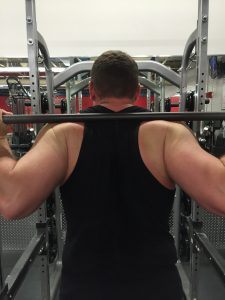
Retracted
Face pulls are not only a great exercise for overall shoulder health, but teaching the feel of scapular retraction as well. When doing these, really focus on pulling your shoulder blades together to bring the cable towards your eyes while keeping your head in a neutral position.
Bracing the Abs
This one may sound simple, but if you look around many gyms you’ll see that most lifters have trouble bracing their abs.
Properly braced abs help not only maintain muscle tension but proper form as well. It also helps protect the spine.
In order to brace your abs, draw a big breath of air into your stomach. Then, contract your ab muscles as if you’re trying to force your stomach to expel the breath. Only don’t actually breath out. This is also known as the Valsalva Maneuver. For safety’s sake though, reset your breath after every one or two reps.
Planks and rollouts are great for teaching how to brace the abs, but some people can’t hold a neutral spine during these exercises. A better exercise for learning how to create tension through the core is the deadbug with wall push. Press your lower back hard into the ground while using your arms to press against the wall. This engages the lats as well.
Farmer’s walks are also great for creating muscle tension through the core. Stand tall, look straight ahead, pull the shoulders back, brace the abs, and walk.
Hips Back, Not Down
Drawing the hips back is another common tension technique used in deadlifts and rows. This helps create muscle tension in the glutes and hamstrings.
Pretend someone is standing behind you pulling on a rope tied around your waist. Hips too high and you lose the tension. Hips too low and it becomes a squat. In the three pictures below I demonstrate proper hip position. The picture on the left my hips are too high. In the middle, my hips are too low and I’m in a squat position. The picture on the right my hips are in optimal position, back not down.
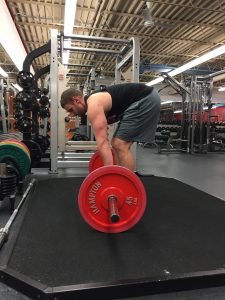
Too high
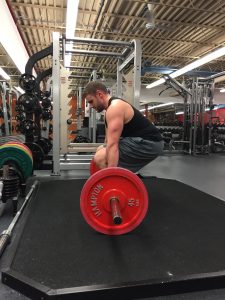
Too low
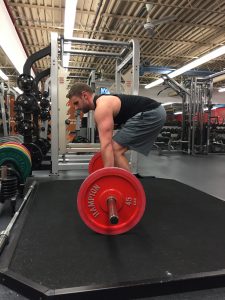
Just right
To learn “hips back” start with the stand with your knees touching a bench. Bend at the waist and push your butt and hips back. The bench will prevent your knees from moving forward and help you learn the feel of pushing your hips back.
Another great exercise for teaching the hip hinge is the cable pull-through. Maintain a neutral spine, and push the hips back. Remember it’s a back and forth motion, not up and down.
Creating and maintaining muscle tension through your lifts is key to not only getting stronger, but also building more muscle, and staying relatively injury-free. Once you know how to create and implement muscle tension, you can start seeing more gains from your program.
But as important as it is to understand tension, it doesn’t mean anything if you don’t have an effective muscle-building program to execute.
Luckily, I have just that program for you.
Introducing Mass Made Easy, a 12-week hypertrophy program that lets you choose your own area of specialization. That means that, whatever body part you want to work on, there’s a workout for it.
But that’s not even the best part about Mass Made Easy. No, the best part is that this program takes all the guesswork out of building muscle. No more wondering if you’re doing enough volume, the right exercises, reps, or techniques. I created Mass Made Easy because I was sick of programs always falling short of what they promised; failing to provide the user with the right tools they needed to reach their goals.
Okay, I said that was the best part, but I lied.
The best part is that, in honor of its launch, Mass Made Easy is on sale for over 50% off all of this week.
But don’t wait…the price doubles at 11:59pm on Sunday October 30th.
Grab your copy of Mass Made Easy here, and take your gains to the next level.
Wanna Look Better, Feel Better, and Perform Admirably in the Bedroom?
Thought so.
You know what to do...
